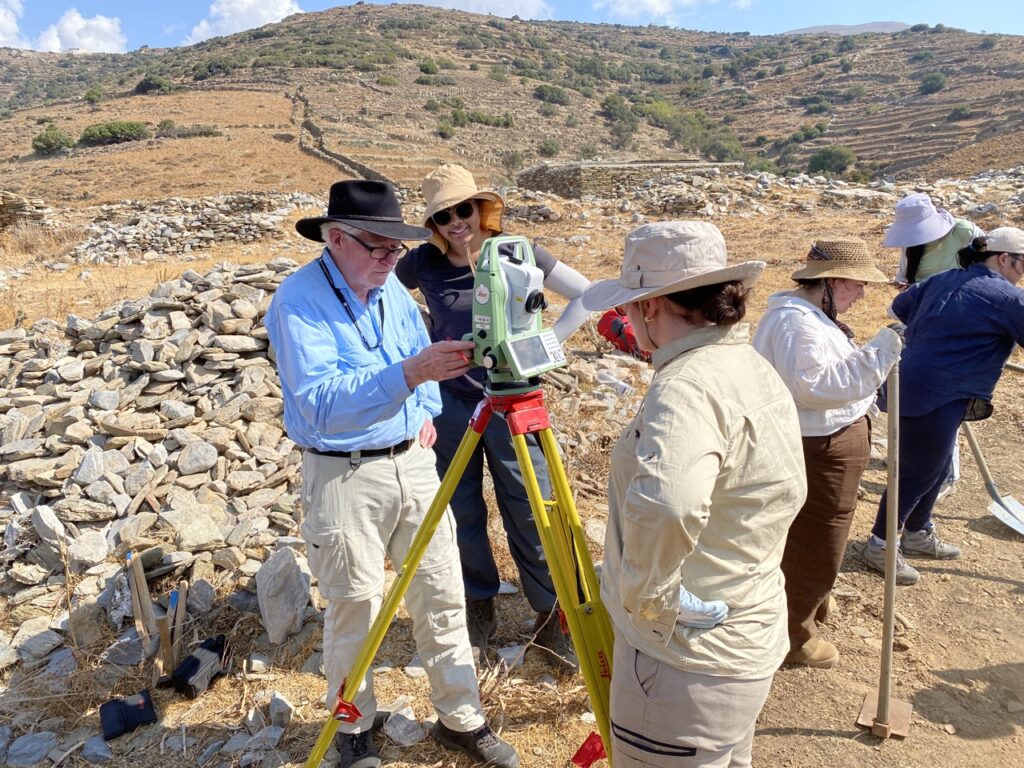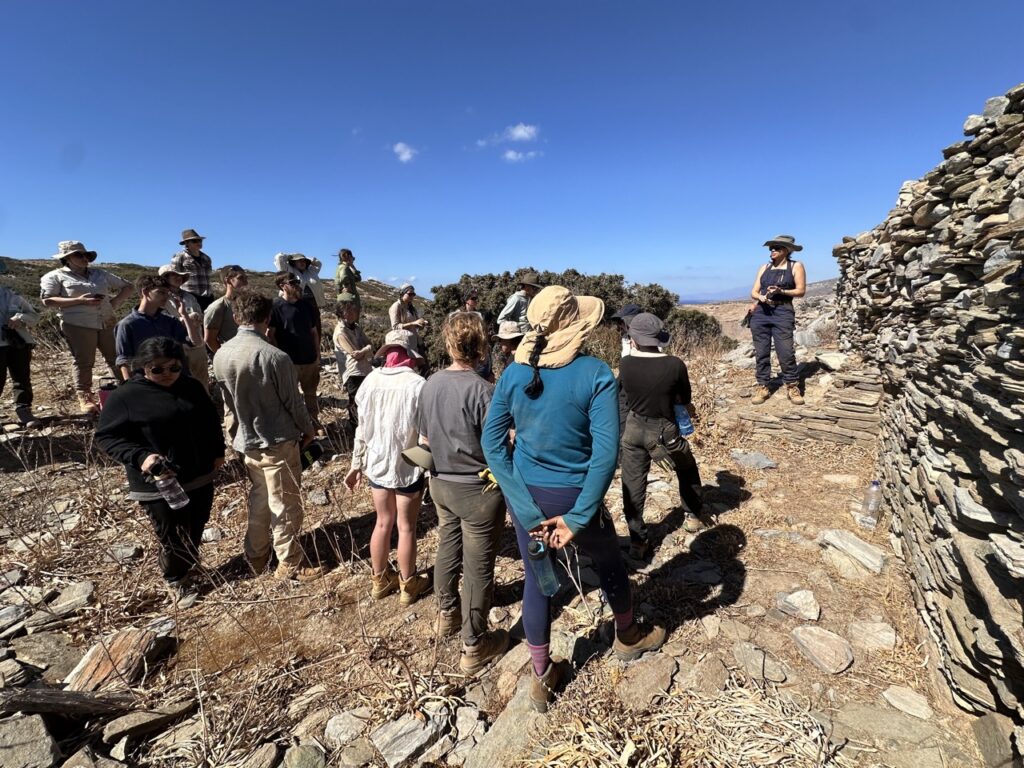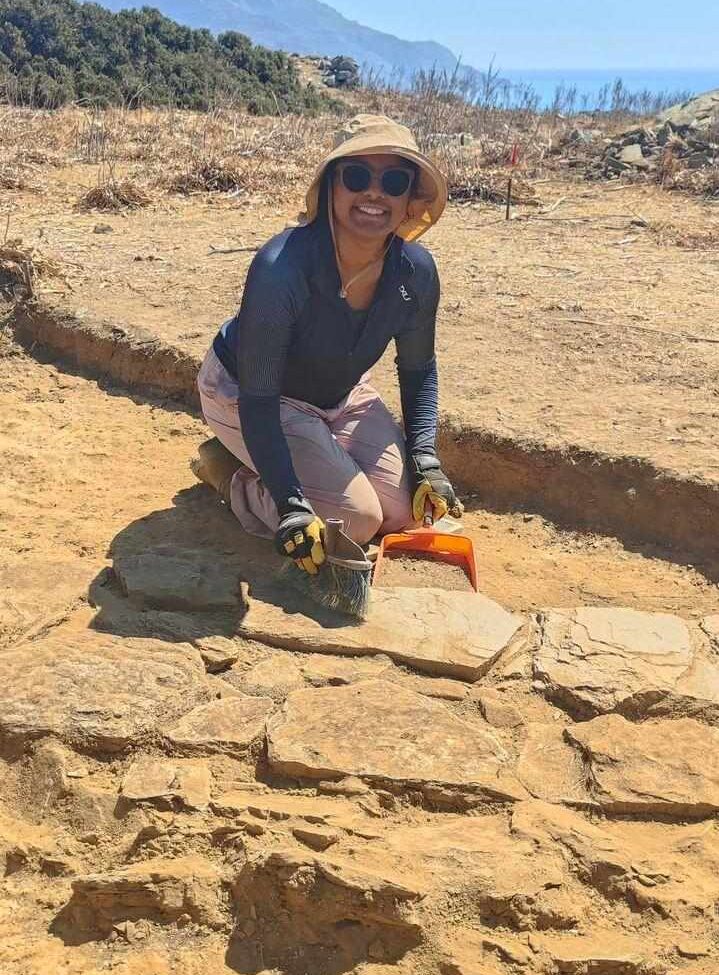Sanju is an Australian high school history and geography teacher in Sydney who is volunteering on the Zagora Archaeological Project this year. She will be taking her experiences at Zagora back into the classroom, bringing to life the wonders of history and archaeology that are usually only seen on the pages of textbooks and screens.
In the early years of high school (Years 7 and 8), New South Wales students study ‘The Ancient to the Modern World’, which looks at the nature of history and historical sources, both archaeological and written. The time period being studied is from approximately 60,000 BCE – 650 CE. This makes the Early Iron Age site of Zagora, dating to approximately 900-700 BCE, a great case study to use in this syllabus.
The first topic in Year 7 is ‘Investigating the Ancient Past’, and Sanju will be using Zagora as an example for the emergence and establishment of ancient societies, including art, iconography, tools and pottery. The site also reflects key aspects of ancient societies such as farming, trade, social class and religion. One of the key parts of this topic is how historians and archaeologists investigate history, including excavation and archival research. Sanju will be bringing her experiences of working on the Zagora dig site and in the Archaeological Museum of Chora back to the classroom. This first-hand involvement in unearthing, processing and analysing artefacts, as well as using fieldwork tools and methods, are unique and valuable experiences for a teacher. By telling these stories and showing students her own photographs, Sanju aims toimmerse her pupils in the study of history and archaeology.
Elsewhere in the high school syllabus, students undertake a depth study of ‘The Mediterranean World’, with Greece being one of the options. In this topic, students use a range of archaeological and written sources to investigate ancient Mediterranean societies. A study of the features of history, heritage and archaeology is also undertaken in the History Elective syllabus. This is another way that participating in Zagora will benefit Sanju’s teaching, with her students very excited to hear about her adventures.


The Year 11 Ancient History syllabus also has an option to study ‘The Investigation of Ancient Sites and Sources’, including the contribution of archaeology and science to our understanding of the past. Sanju will be contributing to the teacher resource section of the Zagora website for this topic. With a long timeline of excavations and ever-changing archaeological methods being used, Zagora is a great illustrative example for this topic.
Through her experiences excavating and volunteering on the Zagora Archaeological Project, Sanju hopes to stimulate curiosity in the classroom, making what students learn both tangible and exciting. Watch this space for future resources for teachers,and here’s to the next generation of archaeologists!


